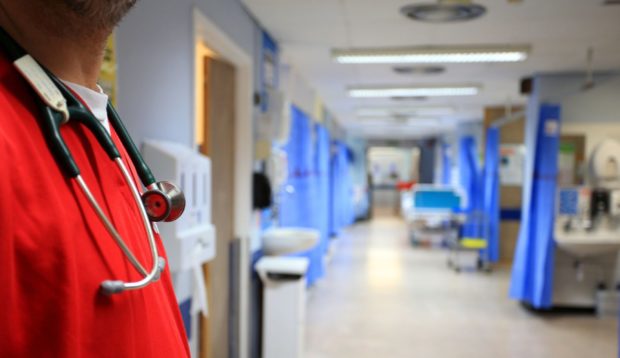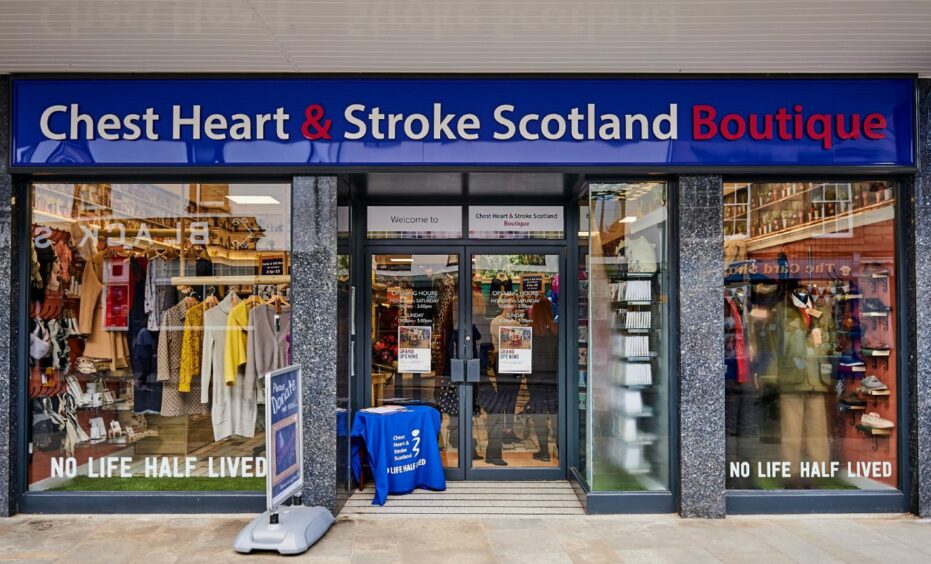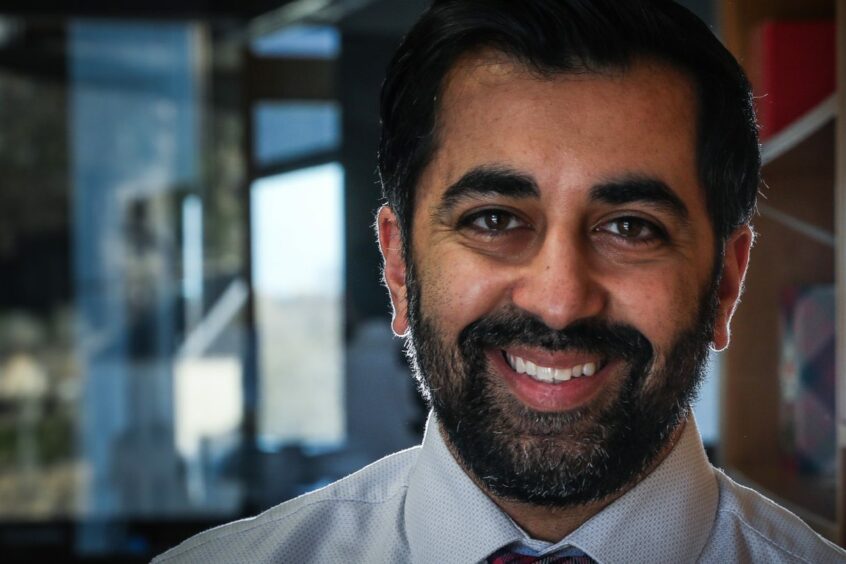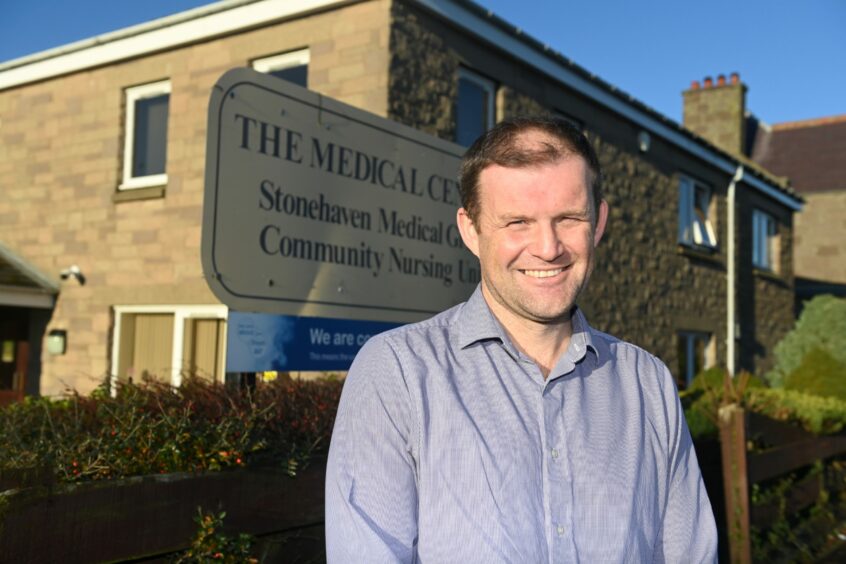NHS Highland and NHS Grampian are to benefit from more than £200,000 in funding to help alleviate pressures on respiratory departments.
Chest Heart & Stroke Scotland (CHSS) is distributing £300,000 to four Scottish health boards in a bid to help improve lung disease care across the country.
NHS Grampian is in line to receive £150,000 towards the development of a community respiratory team.
Meanwhile, CHSS will provide £53,000 in funding to NHS Highland for a specialist community respiratory nurse.
NHS Greater Glasgow and Clyde and NHS Lothian will also benefit from the scheme.
Charity officials say the partnership will give people living with lung disease the tools to manage their conditions and keep well at home, helping to prevent re-admissions to hospital.
Jane-Claire Judson, CHSS chief executive, said: “Respiratory services have been seriously impacted by the pandemic and are under extreme pressure.
Managing chest conditions
“We’re delighted to deepen our partnerships with some of the biggest heath boards in the country to improve care and reduce pressures on our NHS.
“We can make sure people living with chronic chest conditions have the tools and support to manage their condition and live well at home.
“In turn this will help to prevent people returning to hospital and alleviate some of the pressures that our respiratory departments are facing.”
The £300,000 project by Scotland’s largest charity will aim to improve community care for people living with chest conditions in these areas and better integrate third sector support with NHS services to help alleviate pressures.
Cabinet Secretary for Health and Social Care, Humza Yousaf MSP, welcomed the news.
He said: “I commend and thank CHSS for the vital work they are doing across Scotland to support people living with lung disease and respiratory conditions.
“Their work in supporting people to get back home from hospital and live well is so important, while also reducing some of the pressure on NHS services.
“That is why I welcome this collaboration and investment, and the opportunities a partnership between NHS boards and CHSS offers.”
Improving patient’s access to the right care
In the north-east, the community respiratory team will provide wraparound care at all stages of lung disease across the Grampian region.
Health workers will tackle all stages of the illness ranging from early diagnosis to chronic disease management.
Dr Kris McLaughlin, GP and respiratory MCN clinical lead for NHS Grampian, said this new addition will prove a “cohesive service for patients battling the condition”.
He said: “The funding we’re receiving from CHSS to establish a community respiratory team will allow us to provide wraparound care to people living with respiratory conditions in Grampian.
“This approach to respiratory care will improve patient’s access to the right care, improve exacerbation rates, reduce hospital admissions and help tackle outpatient waiting list backlogs.
“By integrating this community team into our existing respiratory care models, we can provide an integrated and cohesive service between primary care, secondary care and allied health teams.”
Improving responsive respiratory nursing care
NHS Highland’s specialist community respiratory nurse who will work within the existing teams to support respiratory nursing care and reduce unscheduled care.
Dr Lorna Murray, consultant respiratory physician, NHS Highland, added: “Collaboration with third sector services is a crucial way to develop respiratory care in Highland and support more people living with chest conditions in our communities.
“The new role will help to improve responsive respiratory nursing care and reduce unscheduled care by supporting people and their families to self-manage their conditions.”













